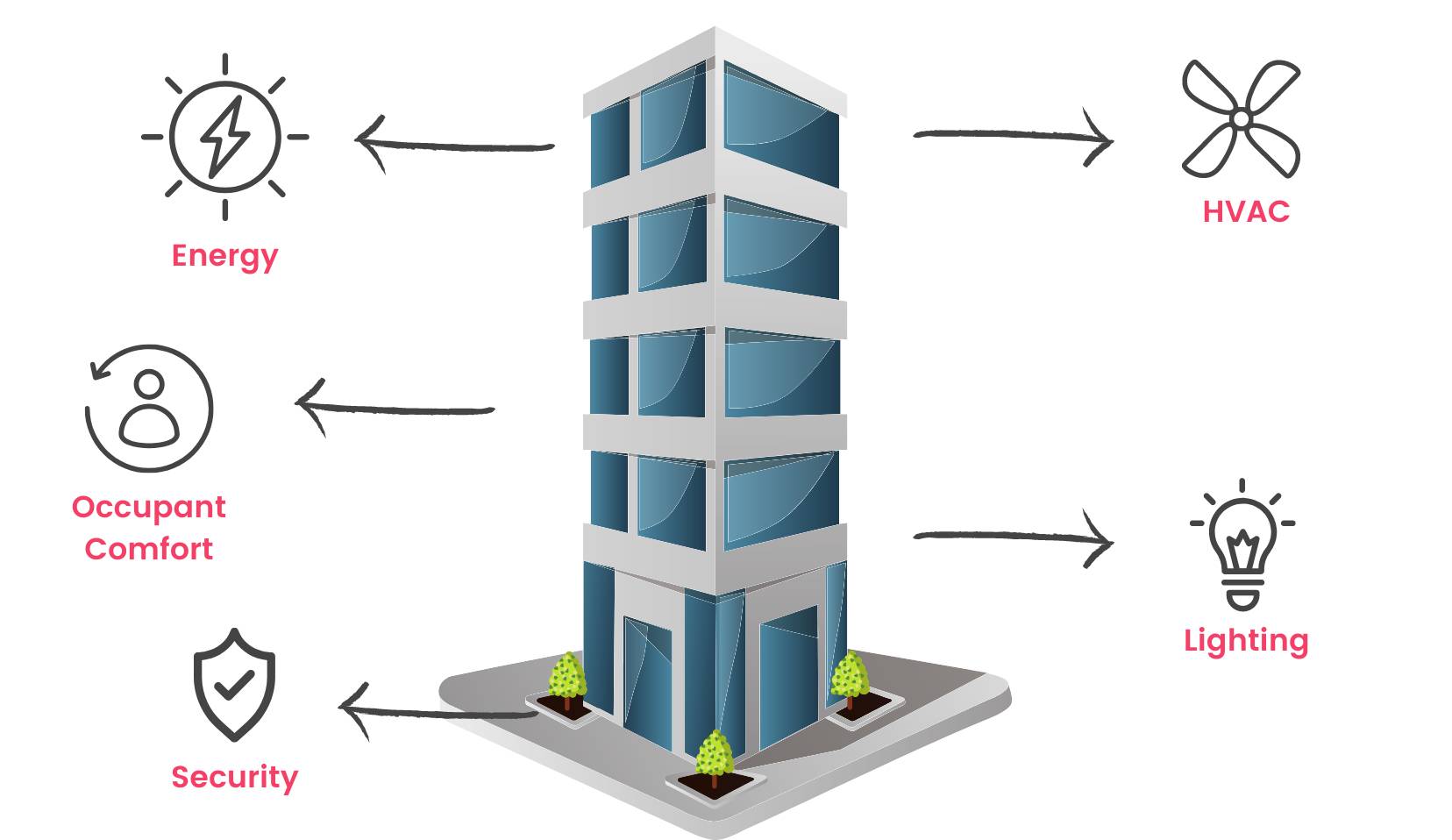Software development: The art of software engineering
Published

Published

RemoteScout24 · Published 2021-12-28 21:54:16.0
RemoteScout24 · Published 2021-12-28 21:54:16.0
RemoteScout24 · Published 2023-09-11 17:59:01.0
RemoteScout24 · Published 2023-09-09 17:59:01.0



